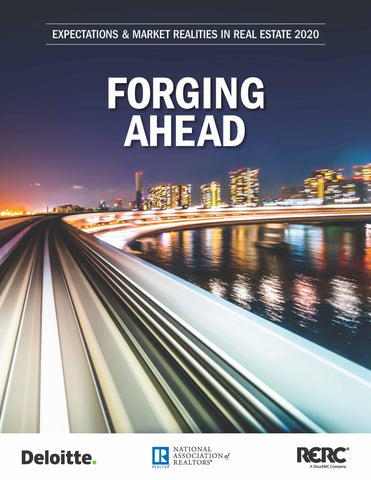Expectations & Market Realities in Real Estate: 2020
The nation’s longest-ever economic expansion forges ahead. As trade tensions have eased, we have become more optimistic about the economy than we were a year ago. We expect steady, slow growth to continue this year, as has been the case throughout much of the recovery from the Global Financial crisis (GFC). Since the GFC, commercial real estate (CRE) has been a preferred asset class, offering investors solid risk-adjusted returns. Investors are likely to keep a risk-off approach, backing away from high-risk assets such as stocks and instead forging ahead with safe-harbor investments.
This is good news for CRE transactions. While overall deal activity was down in 2019, volume is picking up for particular property types and markets as investors keep looking for deals this late in the cycle. We expect CRE prices to stay at record highs as space market fundamentals remain healthy; strong valuations will likely support the high prices. We forecast CRE capital appreciation returns to decline over the next year before moving up again late in 2021. By the end of 2022, we may see income returns increase to levels not seen since 2016.
Among the property types, industrial continues to shine, thanks to more consumers shopping online. If the economy keeps growing, the office sector will likely experience a slight decrease in vacancy rates, and newer buildings with upgraded amenities are expected to be in high demand. Investor appetite for the apartment sector will likely be strong through 2020 as housing affordability issues continue to push people toward renting instead of owning. Hotel supply and demand should remain near equilibrium in 2020 if consumer confidence and disposable income remain steady. We expect retail to remain the weakest sector with more disruption caused by store closures and bankruptcies; nonetheless, fundamentals should improve with rising incomes and stronger household balance sheets.

